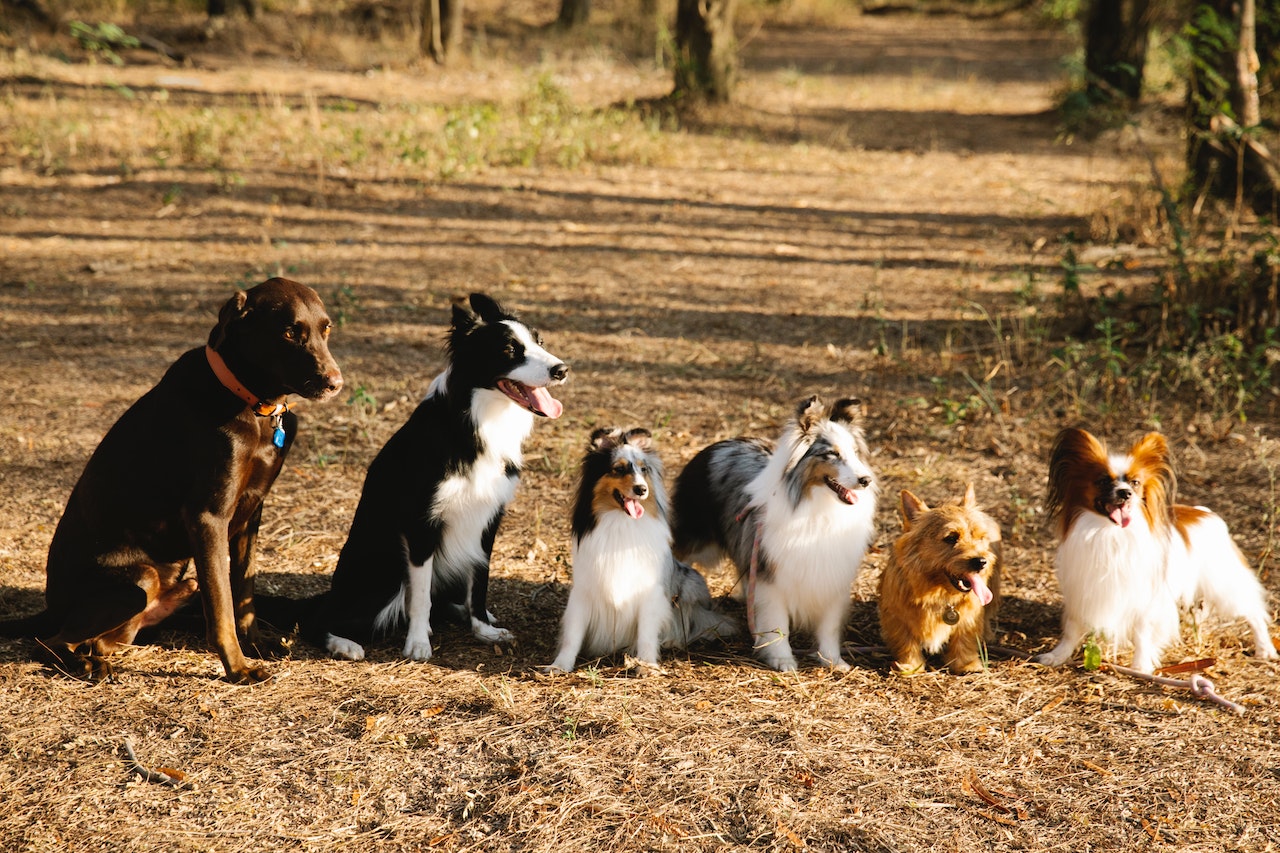How to Stop a Dog from Chasing Cats
If you’re struggling with your Labrador constantly chasing after cats, you’re not alone. Many dog owners face this challenge. Fortunately, there are effective strategies that can help put an end to this behaviour and create a more harmonious environment for everyone involved.
Firstly, it’s important to understand that dogs have a natural instinct to chase small animals like cats. This behaviour stems from their predatory nature and can be difficult to eliminate completely. However, through consistent training and positive reinforcement, you can teach your Labrador to control their impulses and redirect their attention away from chasing cats.
One approach is to use the “leave it” command when your dog starts fixating on a cat. Begin by teaching them the command in a controlled environment using treats or toys. Gradually increase distractions by introducing stuffed animals or recordings of cat sounds. When they successfully resist the urge to chase, reward them with praise and treats. Additionally, providing mental stimulation through interactive toys and regular exercise can help reduce their desire to chase after cats.
Remember that patience is key when addressing behavioural issues in dogs. It may take time for your Labrador to fully grasp the concept of not chasing cats, so consistency and repetition are vital throughout the training process. By implementing these strategies and remaining dedicated, you’ll be well on your way to curbing your dog’s instinctive chasing behaviour.
Understanding the Root Cause of a Dog’s Behaviour
When it comes to understanding why dogs chase cats, it’s important to recognize their instinctual nature. Dogs, including Labradors, have been bred for specific purposes over centuries, and these traits can still be seen in their behaviour today. One such trait is the prey drive, which compels them to pursue and capture smaller animals like cats.
Dogs are descendants of wolves, who relied on hunting for survival. This instinct has been passed down through generations and remains deeply ingrained in their DNA. Even though domesticated dogs no longer need to hunt for food, this natural instinct persists.
Common Reasons Why Dogs Chase Cats
While the prey drive plays a significant role in dog-cat chasing behaviour, there can be other factors at play as well. Here are some common reasons why dogs may engage in this behaviour:
- Excitement: Some dogs chase cats out of pure excitement or as a form of play. They may see the cat running and perceive it as an invitation to join in on the fun.
- Lack of Training: Insufficient training or lack of obedience can contribute to a dog’s inclination to chase cats. If they haven’t learned appropriate boundaries or commands like “leave it” or “stay,” they may impulsively go after any moving target.
- Unfulfilled Energy: High-energy breeds like Labradors require regular exercise and mental stimulation. When these needs aren’t met, they may redirect their excess energy towards chasing cats as a way to alleviate boredom or frustration.
- Territoriality: Some dogs view their home or yard as their territory and feel compelled to chase away any intruders—cats included—who venture into what they perceive as their domain.
Impact of Lack of Socialization on a Dog’s Behaviour
Another crucial aspect that influences a dog’s behaviour towards cats is socialisation. Proper early socialisation is essential for dogs to develop positive associations and appropriate responses to different stimuli, including other animals.
If a dog hasn’t been adequately exposed to cats or other small animals during their critical developmental period, they may become fearful, anxious, or reactive towards them. This lack of socialisation can contribute to chasing behaviour as the dog doesn’t understand how to interact with cats in a calm and non-threatening manner.
It’s worth noting that every dog is unique, and factors like individual temperament and past experiences can also shape their behaviour towards cats. Understanding the root causes behind a dog’s inclination to chase cats is the first step towards addressing this behaviour and finding effective solutions.
